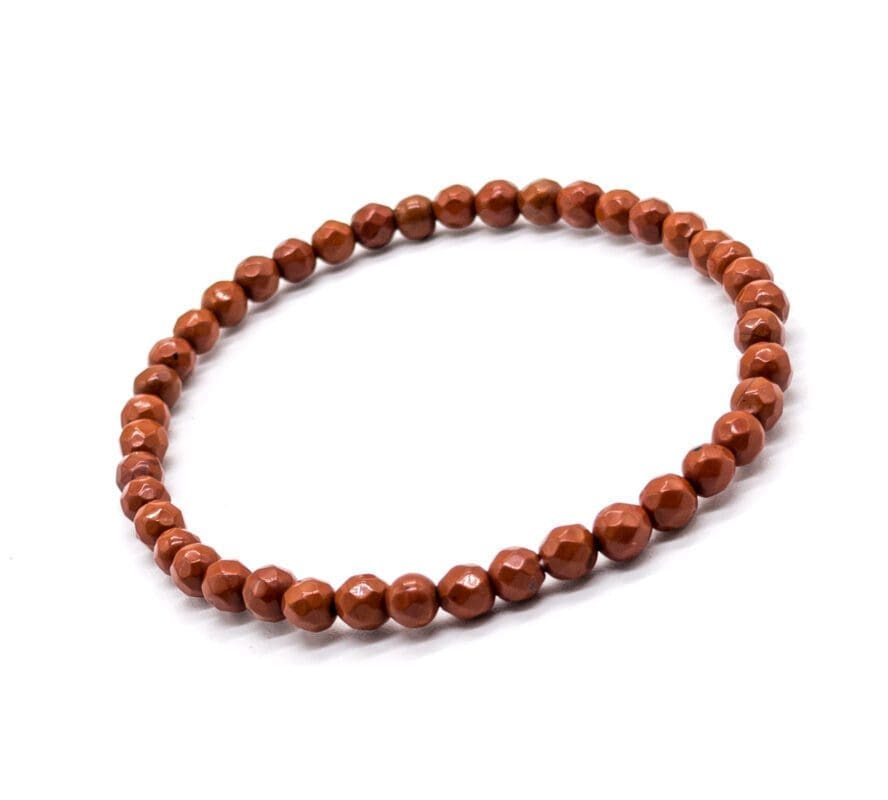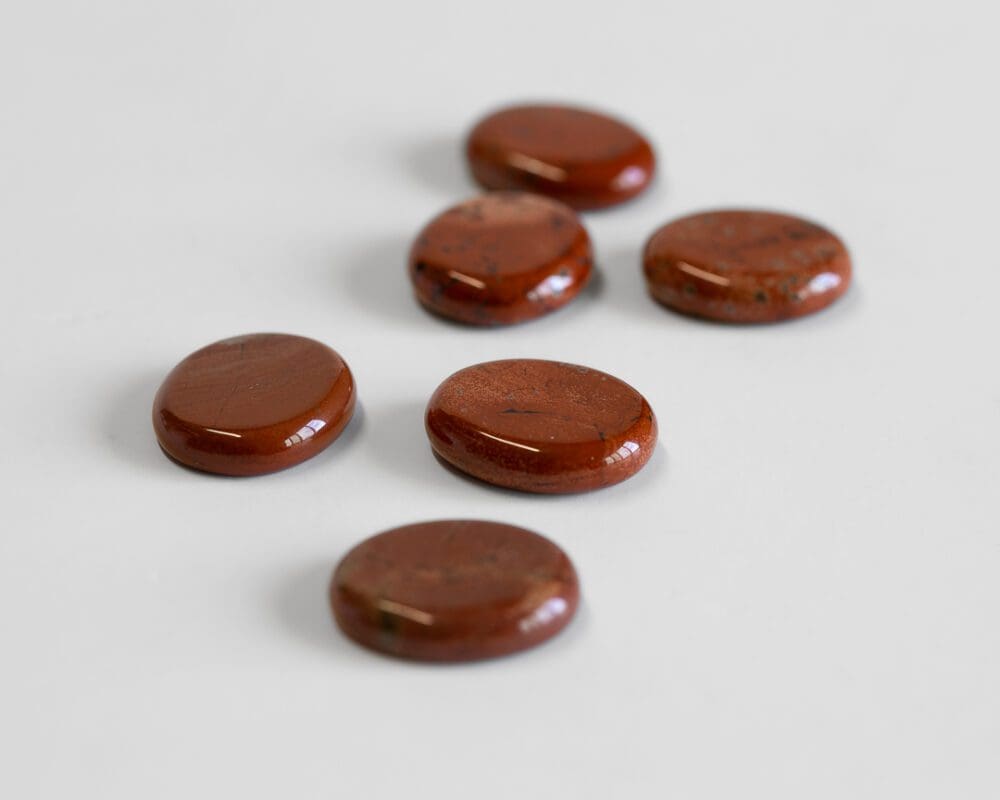Red jasper is a beautiful and unique sedimentary rock that has captivated the attention of geologists and rock enthusiasts for centuries. Its distinct reddish hue is caused by the presence of iron oxide, which gives it a vibrant and fiery appearance. But red jasper is more than just a pretty rock – it has a rich and fascinating geologic history.
Red jasper is a type of microcrystalline quartz, meaning it is made up of very small, tightly packed quartz crystals. It is typically formed in sedimentary environments, such as in riverbeds or near the coast. Over time, these sedimentary layers are subjected to heat and pressure, which cause the quartz crystals to fuse together and form red jasper.
One of the most interesting characteristics of red jasper is its ability to absorb and retain heat. This property makes it a popular choice for use in heat pads and other thermal therapy products. But its heat-absorbing abilities also make it valuable in geologic studies, as it can help scientists learn more about the Earth’s temperature history.
In addition to its scientific value, red jasper has also been prized for its beauty and spiritual significance. It is believed to have grounding and calming properties, and has been used in various cultures as a protective amulet or for decorative purposes.
Overall, red jasper is a fascinating and versatile rock that has captured the interest of geologists and rock enthusiasts alike. Its unique properties and beautiful appearance make it a treasured and valuable find in the world of geology.


